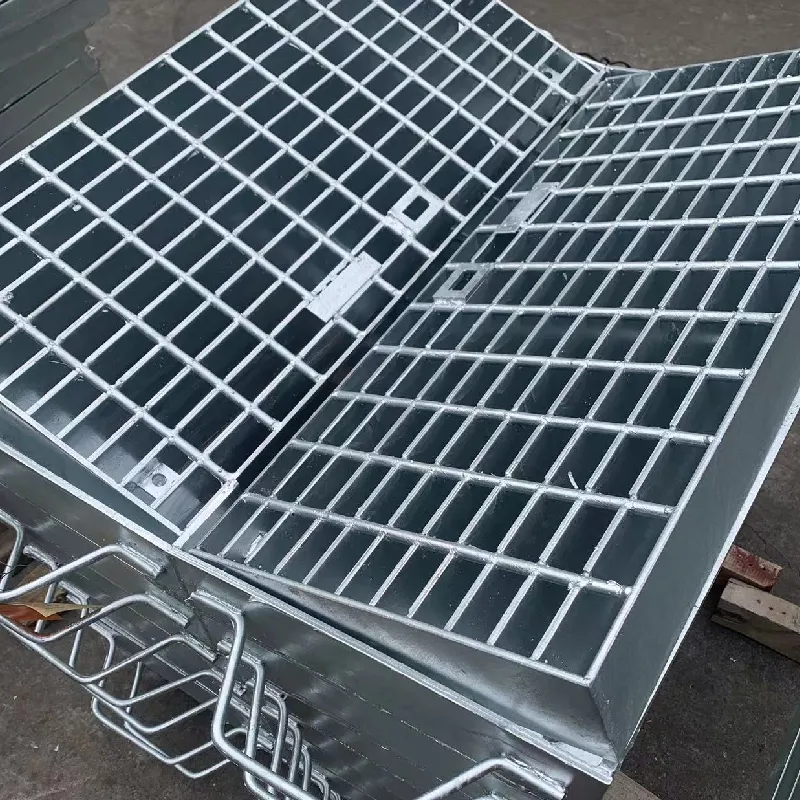Dec . 30, 2024 06:16 Back to list
Integrating Mesh Reinforcement into Concrete for Enhanced Structural Stability
The Integration of Mesh in Concrete Strengthening and Reinforcement
In the world of construction, concrete remains one of the most widely used materials due to its durability, versatility, and structural capabilities. However, to enhance its mechanical properties and ensure longevity, engineers often incorporate mesh into concrete applications. This integration not only improves the overall strength of concrete structures but also addresses potential issues such as cracking and load-bearing capabilities. In this article, we will explore the importance of putting mesh in concrete, the types of mesh available, and the benefits this practice brings to construction.
Understanding Mesh in Concrete
Mesh refers to a grid-like structure made from steel wires or fibers that is embedded within concrete to improve its tensile strength and resistance to cracking. Concrete, while strong in compression, is weak in tension. By integrating mesh, the structural integrity of concrete is significantly enhanced. The mesh acts as a support system, distributing loads across a wider area and thus minimizing stress concentrations that could lead to failure.
Types of Mesh Used in Concrete
1. Welded Wire Mesh This is the most common form of mesh used in concrete applications. Welded wire mesh consists of a series of steel wires that are welded at intersecting points to create a grid. It is usually available in various gauges and spacing options, allowing engineers to choose an appropriate type based on specific project requirements.
2. Fiber Mesh Unlike welded wire mesh, fiber mesh involves the addition of synthetic fibers to the concrete mix. These fibers can be made from polypropylene, steel, or glass and help improve the overall performance of concrete by reducing shrinkage cracks and enhancing impact resistance.
3. Reinforcing Bars (Rebar) Though not a mesh in the traditional sense, rebar is often used alongside or instead of mesh in concrete structures. It consists of steel bars that provide additional strength and can be arranged in a grid formation similar to mesh.
Benefits of Using Mesh in Concrete
putting mesh in concrete

1. Enhanced Structural Integrity The primary advantage of integrating mesh into concrete is the significant enhancement of tensile strength. By providing support and reinforcement, mesh reduces the risk of cracking due to tensile forces or environmental factors.
2. Crack Control Concrete is prone to cracking as it cures and ages. Mesh helps to control the appearance and propagation of cracks, ensuring that they do not compromise the durability of the structure. This is especially crucial in environments with fluctuating temperatures or moisture levels.
3. Improved Load Distribution The presence of mesh allows for better distribution of loads throughout the concrete. This property is particularly beneficial in high-stress areas, such as slabs, pavements, and retaining walls, where the potential for failure is higher.
4. Ease of Installation Installing mesh in concrete is a relatively straightforward process. It can be laid out in place before pouring concrete, ensuring that the mesh remains in position during the curing process. This simplicity leads to time savings in construction.
5. Cost-Effectiveness While the initial investment in mesh may add to the cost of a construction project, the long-term benefits overshadow these expenses. Structures reinforced with mesh tend to require fewer repairs and less maintenance over time, ultimately leading to cost savings.
6. Versatility Mesh can be used in a variety of concrete applications, including floors, pavements, walls, and precast elements. Its versatility makes it a popular choice among civil engineers and contractors looking to optimize their designs.
Conclusion
The practice of putting mesh in concrete has become an essential element in modern construction due to the multifaceted benefits it offers. By enhancing strength, improving crack resistance, and facilitating load distribution, mesh plays a critical role in ensuring the longevity and durability of concrete structures. As construction technologies continue to evolve, the use of mesh will likely expand, resulting in even more innovative and resilient concrete applications. In a field where safety and structural integrity are paramount, reinforcing concrete with mesh is not just a choice; it is becoming a fundamental standard in building resilient infrastructures.
-
Reinforcing Mesh: Core Material of the Construction Industry
NewsJul.07,2025
-
Welded Wire Fabric Reinvented for Modern Projects
NewsJul.04,2025
-
Superiority of Stainless Steel Woven Mesh
NewsJul.04,2025
-
Key Types of Razor Wire and Their Applications
NewsJul.04,2025
-
Durable Metal Fence Types for Security
NewsJul.04,2025
-
Best Materials for Livestock Fence
NewsJul.04,2025
products.







